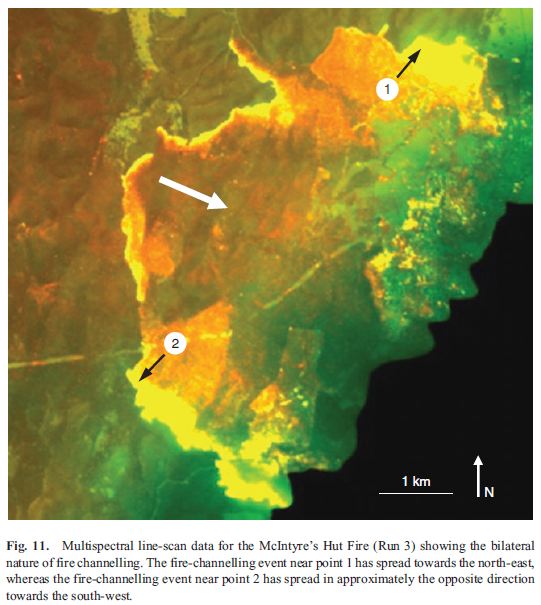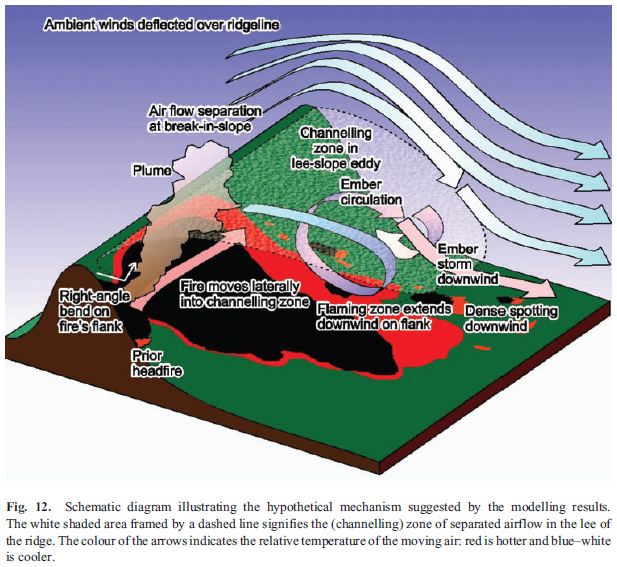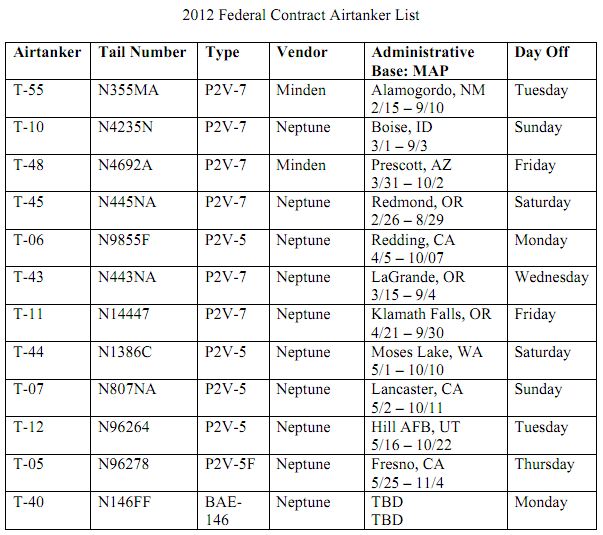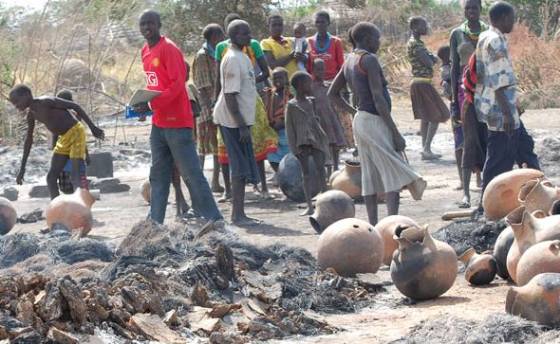
I was surprised when I saw this photo of what was left after 32 grass-thatched houses burned in a wildfire in the northern Ugandan village of Napak. According to a report, the fire may have been started by locals who were hunting for rats. Among the debris and ashes, you can see quite a few ollas, large clay pots. Ancient people used these hundreds or thousands of years ago for storing water. They have a narrow neck to reduce evaporation.
I found it interesting that ollas are still being used today. If I wanted something in which to store several gallons of water I would simply go to a discount store and buy a plastic jerry can, but that may not be feasible for the folks that live in northern Uganda.
It was also interesting to me because I discovered two ollas in nearly mint condition that had been sitting around for hundreds of years.
It happened on April 25, 1989 when I was working as a wildland engine captain on the Cleveland National Forest east of San Diego. During the winter there were few wildland fires, and those of us that were not furloughed during the off-season usually found a special project to work on. The weather in San Diego County in the winter is mild, except in the higher elevations in the Laguna Mountains, so I volunteered to attend paraprofessional archaeologist training. After becoming qualified, it got me out of the office for weeks at a time, doing archaeology surveys in areas where we planned to conduct prescribed fires.
Another firefighter, Dave Volgarino, went through the training with me, and we did the surveys together, hiking cross country all day in very remote areas, busting through brush recording any native American sites or artifacts that we found, which were mostly left there by the Kumeyaay people. The most exciting stuff that we ran across were one or two arrow heads, mortar or grinding depressions in boulders, flakes where ancient people made projectile points, and very rarely some broken pieces of ollas or pottery.
Until…one day Dave and I were surveying in an area that looked like a pretty good place for camping.
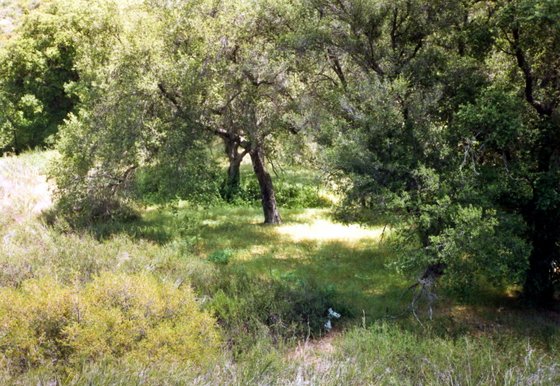
It was a flat area under some oak trees about 1/10 acre in size adjacent to a seasonal creek. I was hiking through brush on the hill above the creek looking for any signs of ancient people and saw a rock overhang behind a chamise bush.
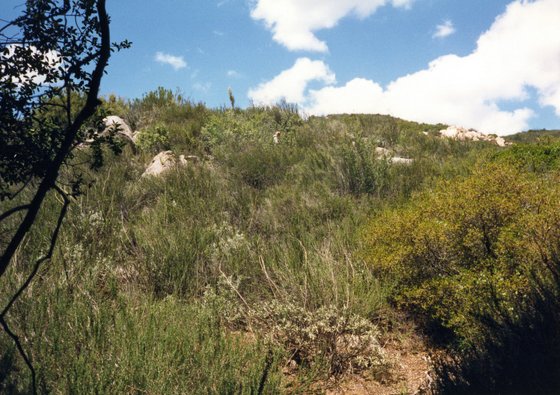
I pulled the brush aside and could not believe my eyes. Not one but two ollas, in almost mint condition.
Continue reading “Olla stories, before and after fires”



